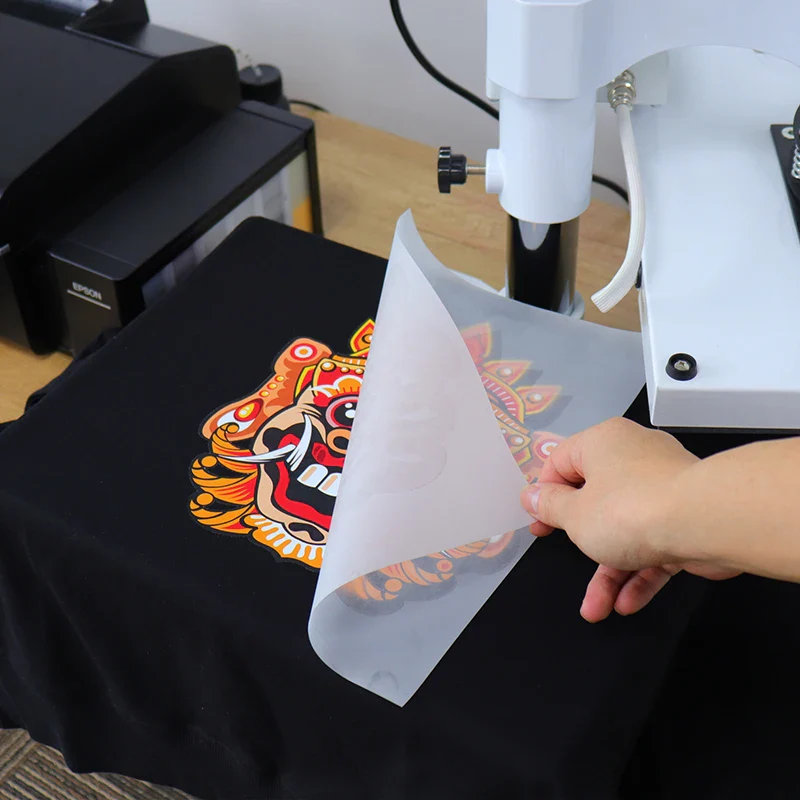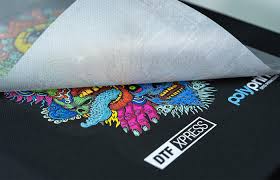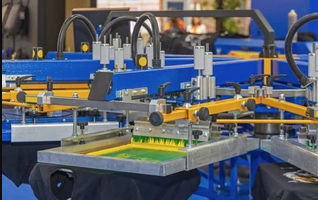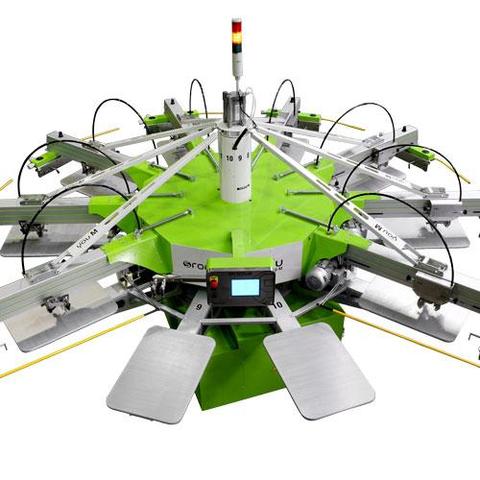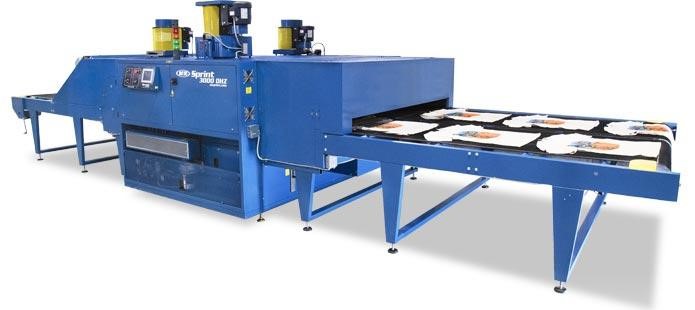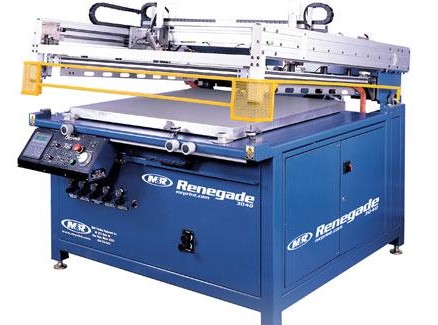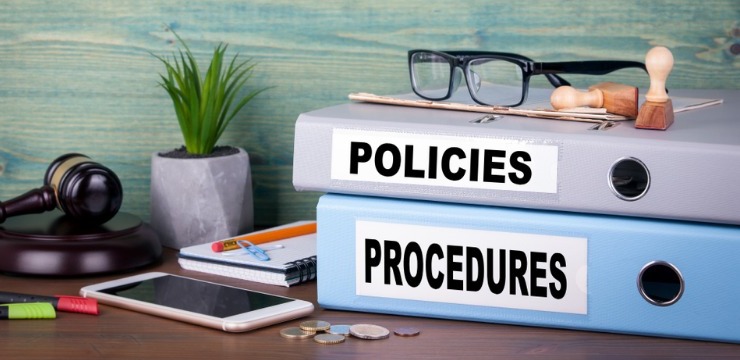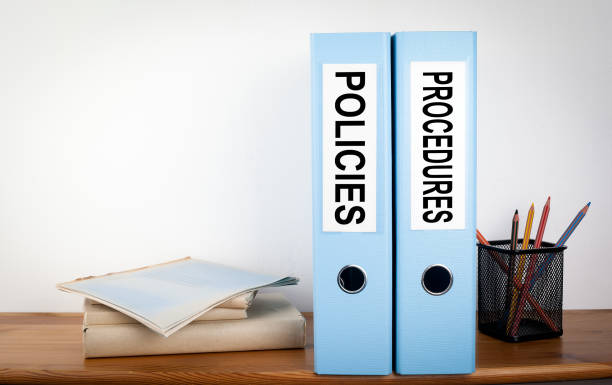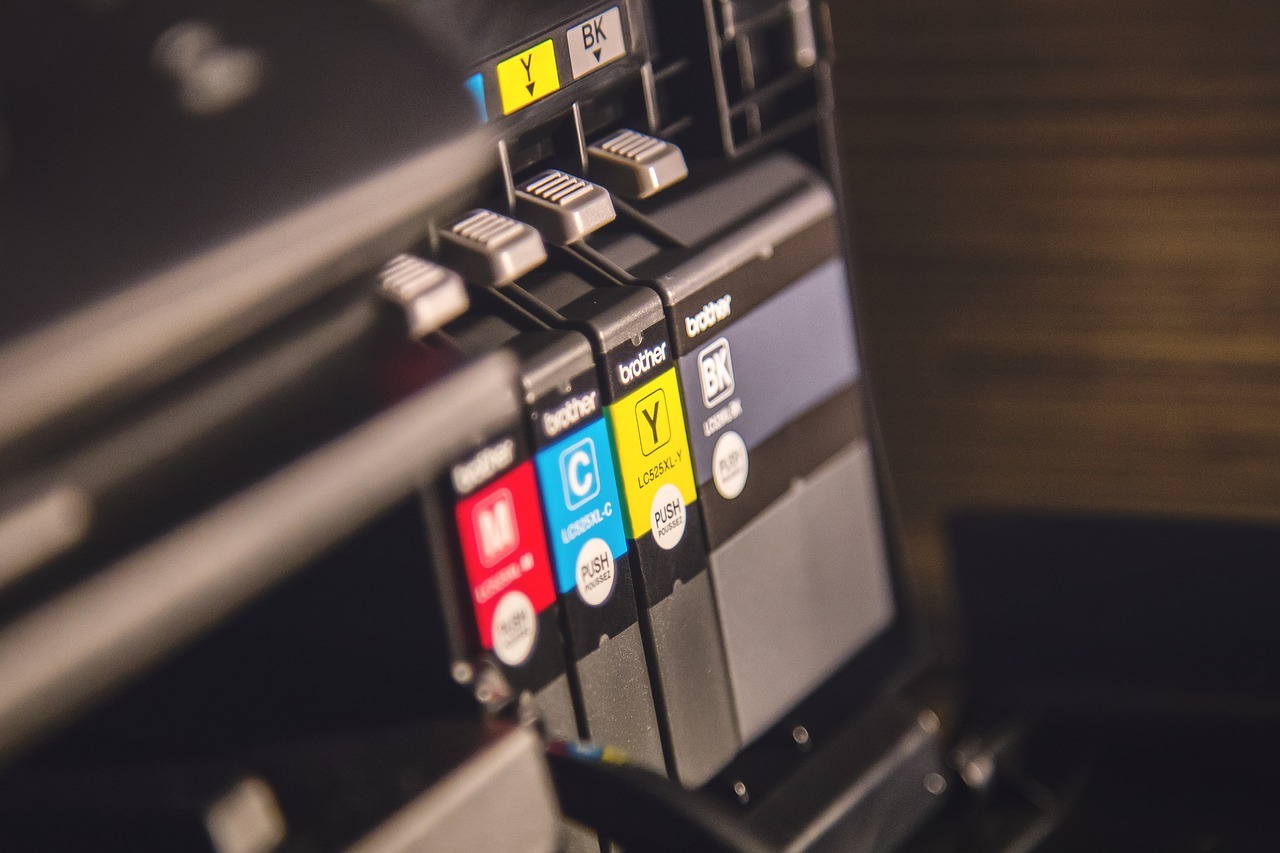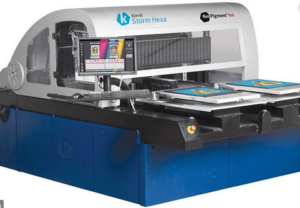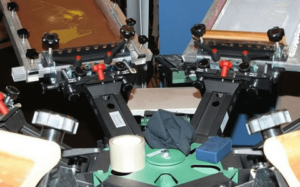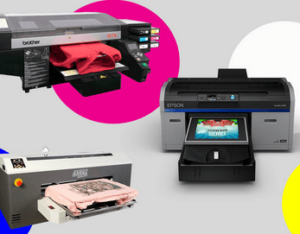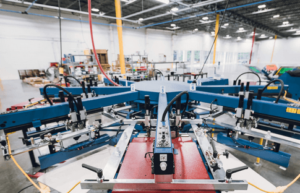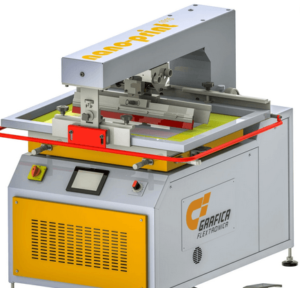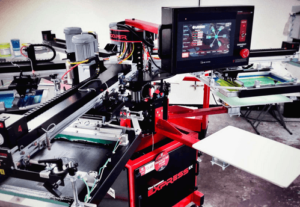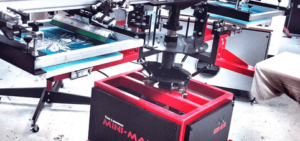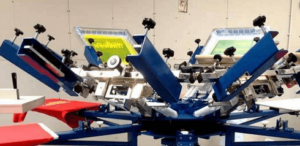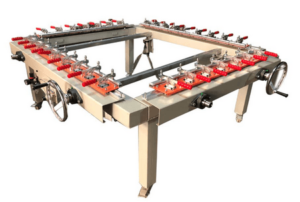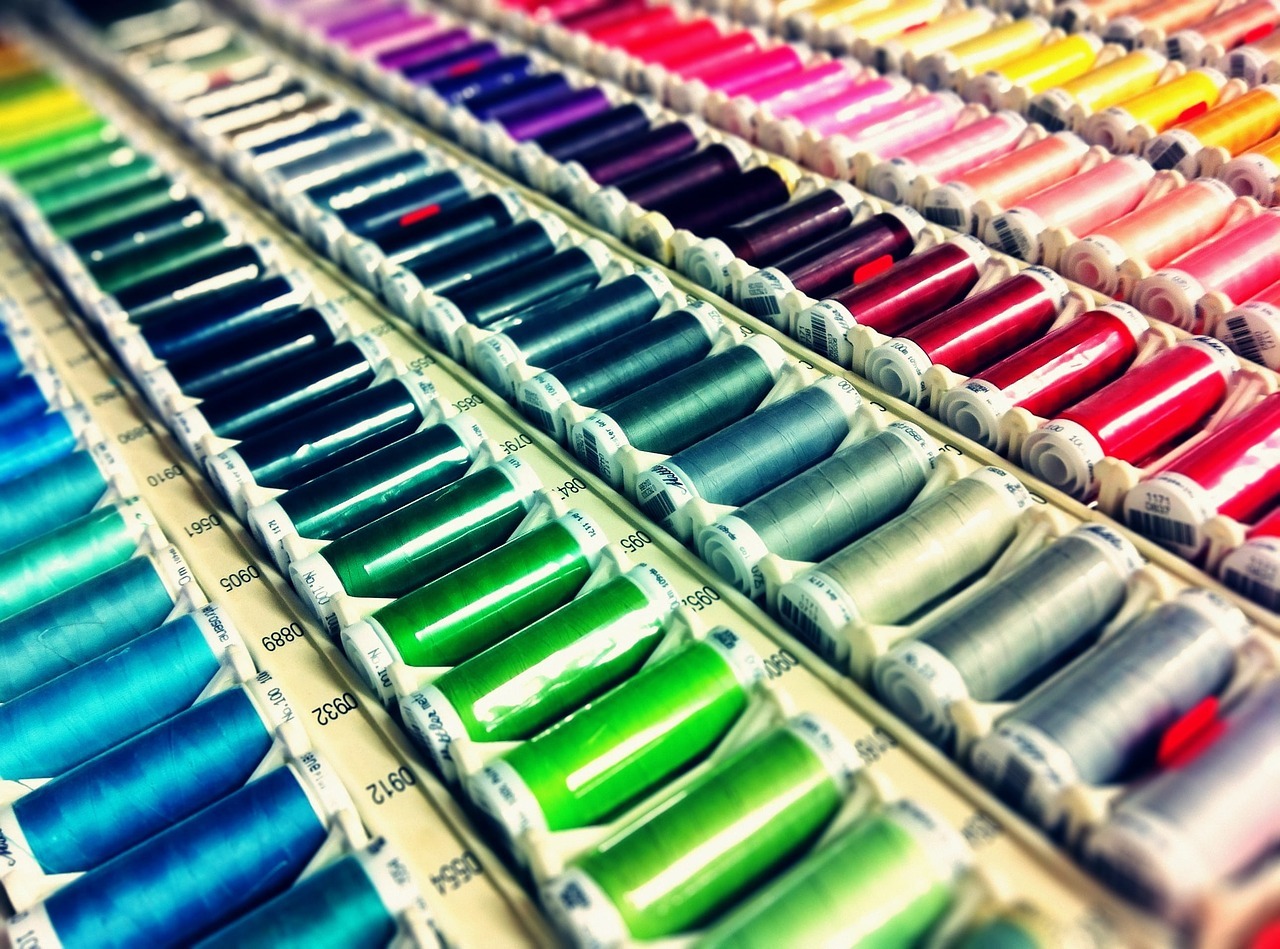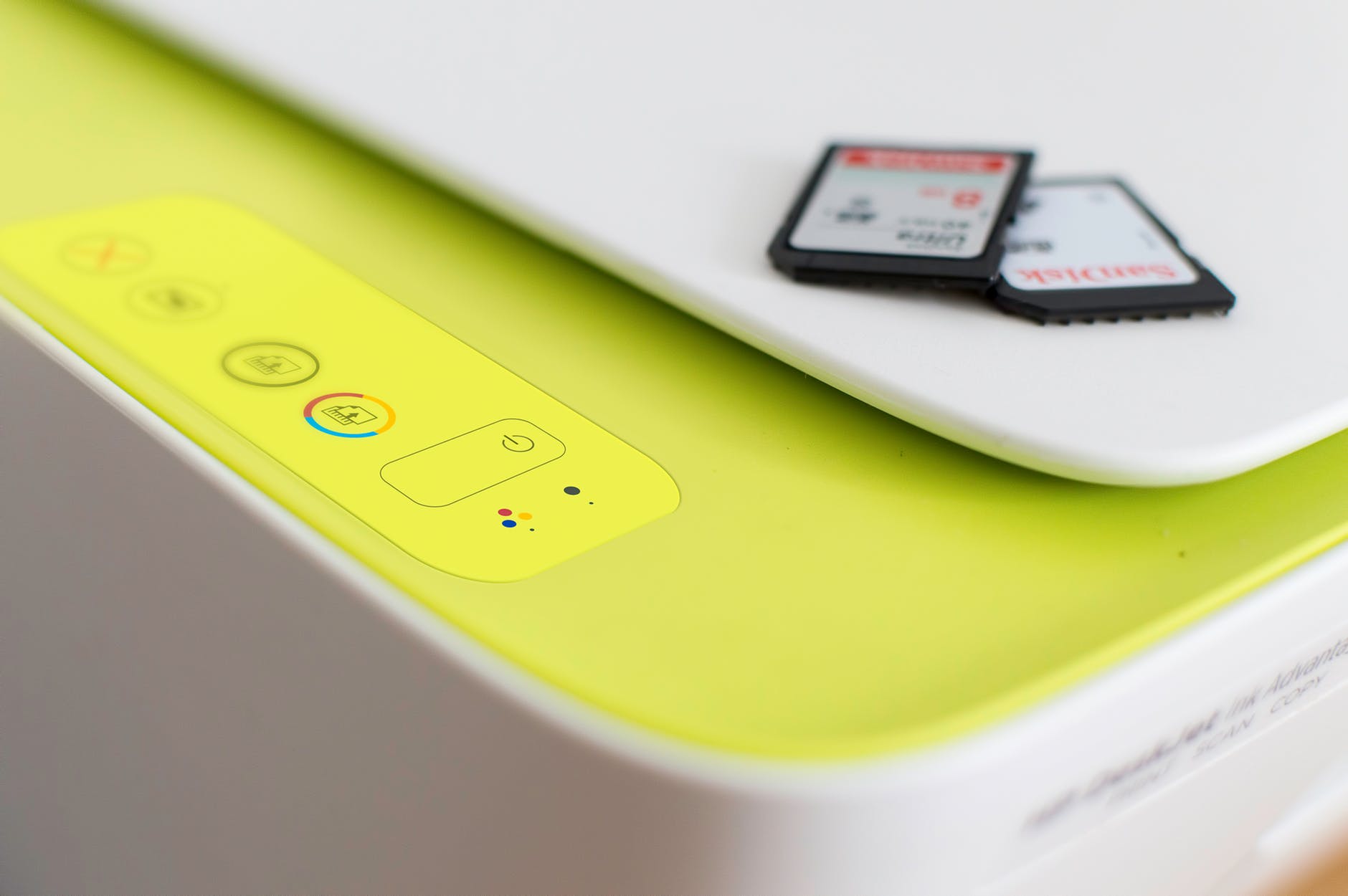Embroidery always looks beautiful with its multitudes of designs, thanks to highly creative and intricate weaving. Although embroidery designs were conventionally done by hand, the advent of technology has made it possible for the creation of embroidery creation software.
This has overridden the manual process of embroidery, which was incredibly time-consuming.
Hence, from hand embroidery to the use of embroidery, lots of improvements have taken place, particularly in digitizing the embroidery process.
Embroidery machines were known to provide lots of flexibility, but it still had some limits that embroiderers could not readily overcome.
But thanks to digitization, several tweaks were added to the entire embroidery process, thereby unleashing the vastness that comes with using embroidery.
Also, thanks to digital software for embroidery machines, designs can now be manipulated and altered in such a way that they produce more captivating or creative effects. Images can readily be copied or mirrored without errors; colors could be added or removed while underlays could also be deleted or added.
Even different elements from design could be merged without any limitations whatsoever.
These and many more customizations can be carried out with ease, thanks once again to the variety of creative drawings and embroidery.
Embroiderers are encouraged to try out their skills with the wonders of the 21st century with digital software for embroidery machines.
However, if not done the right way, it could lead to unwanted chaos which could douse the enthusiasm that is currently shared in the industry about the magic of embroidery.
To avoid such a scenario, it makes sense to learn how to get your hands on any of the top-notch embroidery machine programs in the industry.
This article will also help you avoid the undue stress of searching the market vigorously for the best digital embroidery software out there today.
Quick Pointers to Take Note of While Searching for Embroidery Applications
If you are searching for the best embroidery machine for Windows or Mac, there are a few pointers that you need to pay close attention to when buying.
If you are a newbie, you should stick to using the free versions of embroidery apps out there, i.e., the basic ones.
However, if you are looking for the embroidery design software that will add several touches to your designs and elevate your embroidery skills to the next level, look for advanced embroidery application with unique features:
Versatility is a Must
A good embroidery creation software must be able to work with a wide range of embroidery machines. It must also be compatible with any operating system such as PC or Mac or both.
This is one of the most crucial aspects you need to pay close attention to before purchasing any embroidery app. Nonetheless, the best part is that the embroidery must be compatible with any equipment at your disposal.
So, take note of the type of computer and the embroidery machine you have and then check with renowned manufacturers, to see if the embroidery design software you are interested in works with the equipment you have.
Don’t let any retailer or seller coax you by telling you that all embroidery digitizing software are compatible with all devices.
Some embroidery apps can only be used with Mac while just a handful support both systems and devices.
Take your time to check this out before shelling out your hard-earned money.
Customization
Embroidery making software should be customizable, especially if you want to be creative by trying out other forms of patterns, designs, and even lettering.
This means that you should not be limited by the built-in features that come with the embroidery application.
Use Licensed Software Only
Free embroidery abounds everywhere online, and it is great to have and use them as you see fit.
However, if you want more from an embroidery making software than being able to play around or create one or two projects for yourself, you need to go for a licensed product.
Embroidery businesses handle multiple projects, and if this is you, then you need to go for paid versions or licensed copies of these embroidery design software.
Using a licensed embroidery software is for your safety and that of your embroidery machine.
For instance, if you encounter technical problems, most of the creators or manufacturers of free embroidery software are not under any obligation to help you out if you purchased and used their product.
Creators of free embroidery digitizing software do not offer customer and product support in any way.
They have no business spending time to guide you through the entire installation process if you don’t know how to go about it.
You will not receive any form of notifications about software updates if you go for free embroidery software. Moreover, if you do – in most cases – they will require more money from you.
But paid versions of creative drawings embroidery offer full access to their updates as well as excellent customer support if you run into any technical problems that you cannot handle.
This is vital because if you keep making use of outdated embroidery app, it may crash when you least expect. And this could happen when you are mid-way into an embroidery project.
Another thing you need to take note of if you go for free versions of embroidery apps is that you will only gain access to the most basic features.
Getting your hands on the advanced features is impossible unless you go for the premium version. More so, getting the licensed copy of an embroidery creation software is far better than relying on freemium embroidery software.
Price Range
The price of embroidery production management software varies from $100 to $700.
This is why it is good to note down the functionalities and features you need before deciding the amount of money you are willing to shell out on this program.
In essence, experts advise that you should not skimp if you intend to use the embroidery format conversion software commercially.
However, if you are going to be a home user, then it doesn’t make any sense for you to overpay for an embroidery software with sophisticated features that you may end up not using.
Excellent Customer Service and Product Support
The brands or creators of these embroidery software also provide unquantifiable support and excellent customer service at any time you need them, especially if you encounter a few glitches when using their products.
Some of these brands also have forums where you can ask questions or rub minds with other users or members. Therefore, product support is crucial, and you can only get it if you buy the licensed versions.
Thirdly, paid versions of embroidery software come with tons of advanced features. Once again, the product support service will be able to help you out so that you can get started with the embroidery designing software without undue delay.
Based on the pointers outlined above, here are some of the best embroidery application in the market today. We have even gone to the trouble of categorizing the embroidery software based on two things:
- Embroidery shop administration software, and
- Machine embroidery business software
Before discussing the embroidery machine in these categories, let’s take a look at the types of embroidery software that exist today.
Types of Embroidery Machine Applications
There are different types of embroidery software out there in the market these days. All you need to do is go for the one that meets your requirements and budget.
So, here they are in no particular order:
Embroidery Digitizing Software or Digitizers
This type of embroidery software is explicitly designed to convert an image to embroidery file, thereby making it ready for immediate stitching.
Embroidery digitizing software translates or digitizes the vector format into a stitch format, thus getting it ready for use.
Monogramming Embroidery Software
This is the lettering type of embroidery software, and it is mainly designed to create highly optimized stitching fonts.
Some monogramming embroidery machines may combine or merge with different modules. A few others, however, only focus on one thing at a time.
Editors
This type of embroidery software gives you both control of and access to the creative part of the design, which allows you to start from scratch and then develop all the vectorizing, digitizing, and the final stitches.
This is one of the primary reasons why you need to know the type of embroidery production management software you want before you purchase it.
Vectorizers
This type of creative drawings embroidery software is designed to translate or digitize bitmap images into a vector format or vectorized picture.
This implies that the image undergoes a linear transformation that primes it for digitizing.
EMBROIDERY BUSINESS MANAGEMENT
Onsite Embroidery Business Software
To successfully run an embroidery business, you must allow or plan for certain possibilities. This may involve several tiny details which may appear somewhat comprehensive on both softcopy and hardcopy documents.
Keeping up with every aspect of an embroidery shop is the untold secret to running a highly profitable – and efficient – embroidery business for a long time.
An industry-standard embroidery production management software that has been trusted for more than 20 years to alleviate the stress of running the administrative functions in embroidery shops is the OnSite Embroidery Business Software.
OnSite Embroidery Business Software makes use of several variables to give embroidery designers seamless control over the following:
- Pricing, marketing, and sales
- Production management
- Purchasing and inventory
- Accounting and financing
- Order processing
- Shipping
This remarkable software application provides an extensive digital environment for embroidery designers. It helps in creating much room for recording, storing as well as calculating the sheer value of all the related activities in the embroidery shop.
OnSite also has a user-friendly interface which is mainly designed with embroidery designers in mind. Hence, great value for your money is guaranteed.
MACHINE EMBROIDERY BUSINESS SOFTWARE
Embrilliance Business Software
Embrilliance business software is embroidery software that practically covers almost everything that is needed for making embroidery with your machine. The franchise provides many embroidery programs which include a wide range of fancywork such as vectorizing, lettering, and digitizing.
They also have embroidery applications that cover advanced functions like developing designs from scratch as well as editing. These embroidery programs allow you to start the entire process from beginning to the end.
Digitizing
If you are interested in digitizing, you may go for Embrilliance StitchArtist (Levels 1, 2, or 3). This, of course, depends primarily on what you are looking for as well as your budget and expertise.
The embroidery digitizing software program may lack automation features, but it makes up for this slight error in other functions such as creative flexibility, design development while – at the same time – setting up desired properties – such as stitch type, etc. – or controlling shapes.
In essence, you can draw, edit, rotate, size, set stitches, and sort colors as well as carry out other properties that are required to facilitate embroidering at every level.
What makes one level different from the other has to do with the extra features that are embedded in the embroidery program. The embroidery software allows for more sophisticated and built-in designs as you go from one level to another.
Let’s take a quick look at each level:
This is for newbies or beginners or people who want to take up embroidery as a hobby.
If you have become proficient at handling embroidery equipment along with the complexities that come with embroidery design, then this is the best one for you.
If you want to be an embroidery designer or if your goal is to make embroidery design your career and run it on a large scale, this is the ideal option.
Pros
- All levels are user-friendly
- Equipment is compatible with Windows and Mac
- The perfect choice for those who are interested in stitch-design from scratch or for self-designs
- Great value for your money
Cons
- It does not have photo-to-stitch automation features
Additional Functionalities Offered by Embrilliance
StitchArtist may possess all the essential features or elements that are required for use for any embroiderer at any level; there are several functionalities which are also offered by Embrilliance via some embroidery software programs such as:
This program provides embroidery designers with the essential tools that are required for altering new or existing designs such as colorization, edits or reverse changes, lettering, and many more.
This embroidery software program helps embroiderers to not only save but also to access or view designs with maximum ease on their PC or Mac.
- Embrilliance Enthusiast Embroidery Software
This program offers multiple innovative functions such as:
- Precise position
- Advanced thread editor
- Stitch editing
- Control
- Instant repeat scatter and carousel
- Advanced sizing, etc.
This is the perfect embroidery program for a seasoned or expert embroidery designer.
Amazing Designs Digitize N Stitch Software
Amazing Designs Digitize N Stitch software is the best choice for any embroidery designer who is looking for a feature-rich, exclusive, and affordable experience.
This program allows users to automatically create unique cross-stitch, applique, border as well as various embroidery creation software designs with ease.
It is an auto-digitized embroidery creation software which will turn every one of your imaginations to reality by helping you to create exceptional, customized, and beautiful crafts.
You will be able to readily insert your favorite pictures or even clip art and convert them into stitches.
Digitize N Stitch is suitable for use by both newbies or beginners as well as advanced users. It is indeed one of the best creative drawings embroidery in the market today.
Pros
- Highly suitable for use by both beginners and advanced users
- This high-quality embroidery creation software easily converts images and clip arts into stitches
- It is loaded with several innovative features and highly pocket-friendly
- It automatically creates borders, cross-stitches, and unique appliques with a few clicks
- It is easily one of the most favorite – and popular – embroidery machine on the market today
Cons
- Some users find it incredibly challenging to edit images
- A few users have complained about how difficult it is to install and operate the embroidery design software
BuzzXplore v2 Premier Embroidery Design Management
BuzzXplore v2 Premier Embroidery Design Management is a user-friendly and highly organized embroidery creation software. It will not only organize and manage your designs but will also ensure that you don’t lose them in any way.
This embroidery making software has multiple functionalities:
- It is an embroidery drive writer
- It organizes your embroidery designs
- It works like a zip processor and browser
- It functions as an instant 3D viewer
- It serves as a converter
This is one of the best – and well-known – embroidery production management software in the market today because it is familiar, thanks to the fact that it works much like Windows Explorer.
The embroidery program also possesses all the essential tools which provide users with the perfect embroidery experience while bringing to life every one of your embroidery dreams.
Pros
- Manage and organize your embroidery designs
- Converts Embroidery Formats
- Embroidery Drive Writing
- Graphics support
- Locate Designs
Cons
- Some beginners may find this embroidery application somewhat challenging to install
Brother PE-Design Plus Embroidery Digitizing/PhotoStitch Software Package
Do you want to turn your favorite paintings, fabrics, and photos into embroidered artworks? Then, the Brother PE-Design Plus Embroidery Digitizing/PhotoStitch Software Package is the ideal choice to help you accomplish the entire process effortlessly.
This embroidery format conversion software comes with advanced features – such as Flip-Pal mobile scanner, etc. – so users can readily scan whatever they want and convert images into digitized design files, thereby making them ready for stitching.
And that is not all: users of this package do not need to be afraid of losing relevant images and documents. This is possible due to the availability of the Flip-Pal mobile scanner.
The mobile scanner helps to keep your documents and images safe and stored.
Pros
- Premium Embroidery Fleshtone Thread
- Easy to use, feature-rich, and highly affordable
- PE-Design Plus and Flip-Pal portable scanner
Cons
- Some users find this embroidery machine a bit challenging to use
Advantages of Choosing and Using Top-quality Embroidery Design Software
One of the most significant benefits of choosing and using top-quality embroidery creation software is that you will no longer be limited to the designs that are offered by your embroidery equipment or machine, especially when it comes to letting loose your creativity.
The in-built design features that come with many of the high-quality embroidery machines out there today may be more than enough for people who see embroidery as a hobby.
But if you take up embroidery as a commercial venture and not a hobby, you need topnotch creative drawings embroidery software that does much more than store some stitches or designs.
For instance, as a commercial embroidery designer, you may need a program that allows you to make use of scanned images. One that enables you to create the exact designs you have pictured in your mind or that of your clients.
Some of the most robust software programs for embroidery allows users to create highly intricate designs. As long as you can picture it in your mind, you can recreate it.
Finally, you may need an embroidery merging software that allows you to download images from specialized sites.
Conclusion
Some embroidery machines come with built-in embroidery application. However, most do not, and the best way to enhance your embroidery skills is to buy a good embroidery application that is suitable for your machine.
So instead of using free embroidery software which has the potential of irrevocably harming your embroidery machine, you should go for an excellent embroidery production management software which will not only boost your skills but also allows you to give your creativity free rein.
